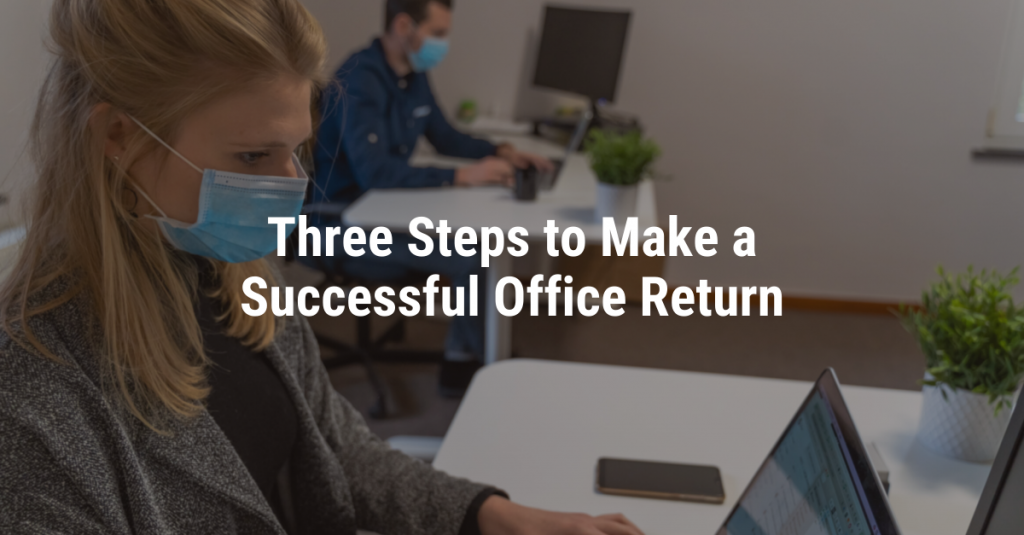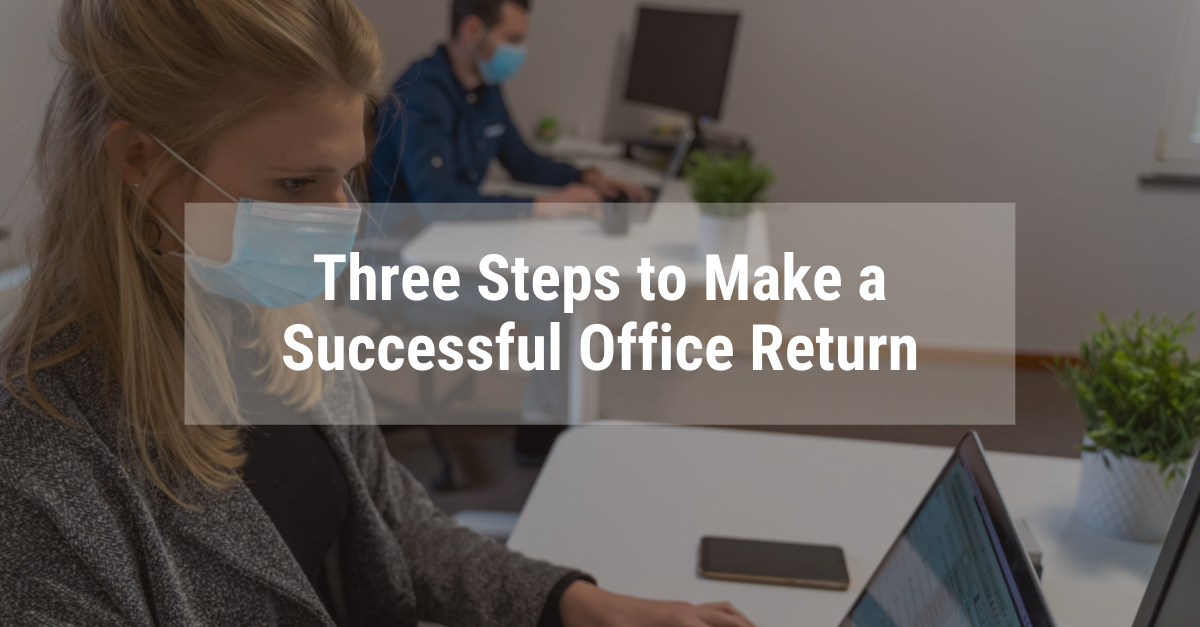
Four Critical Pipeline Metrics You Need to Measure
April 9, 2021
Is Clubhouse Worth the Hype for B2B Marketing?
May 17, 2021
With every adult in the U.S. now eligible to receive the COVID-19 vaccine, we are ever so close to getting back to life the way it was pre-pandemic. But not everything that we used to do may operate the same, particularly the workplace.
COVID has reshaped the way we work, making working from home the “new normal.” While some employers are eager to have their employees return to the office as soon as it’s safe to do so, some workers are not keen to go back. One thing is certain. No matter how employers and workers feel about returning to the office, the pandemic has proven that people can work remotely “together” from anywhere in the world and still get the job done.
Take our team at Corporate Ink as an example. Throughout the pandemic we’ve had colleagues working from Boston, New York, Maryland and even the Bahamas. From virtual brainstorms to video conferences with clients, to regularly scheduled online team-building events, we never missed a beat. We all feel connected with each other and with our clients, right from our own homes.
Despite this, the office return is inevitable for some of us. But that doesn’t mean we’re going to see a 5-day commute into the office again. As businesses open back up, it’s up to employers and employees alike to have discussions about what the return will look like post-COVID. Here are three tips to consider when putting a return-to-office plan in place.
Listen to Your Employees
While there are some cons to working remotely (family distractions, makeshift desks, living rooms turned into office spaces, etc.), there are also pros that people have come to appreciate (less commute stress, location independence, financial savings on parking/commuter fees, increased productivity and more).
Because working from home may or may not be the perfect fit for everyone based on the pros and cons, it’s up to employers to listen to each worker’s needs and devise a return-to-office plan that accommodates everyone’s preference.
Easier said than done – but it’s possible – and it starts with listening.
Employers can ask their workers to take a short survey on how they feel about returning to the office. The purpose is to hear everyone’s take and to understand their preferences before making any decisions. A decision that will ultimately affect everyone’s daily schedules and routines should be a collective process so that employees feel respected and heard by leadership instead of being forced back into a situation that they might not necessarily want.
We recently took such a survey at Corporate Ink. The results will be discussed among the whole staff and our return-to-office strategy will consider everyone’s preference.
Communication is Key
Once a return-to-office plan has been decided, it’s important to clearly and effectively communicate with your employees the details about the return process. At Corporate Ink, once we know what our return-to-office strategy will encompass, we will outline the details so everyone knows what to expect.
Not only is a clear timetable of events important, but we know that people are still concerned about their health and safety. For example, the cleanliness of the office environment will be top of mind for everyone. Employers should be transparent about office cleaning schedules and processes as well as encourage people to stay home if they are sick (even with just the common cold).
With most companies now built for a remote environment, having a formal policy for employees to stay home when they’re not feeling well should become common practice, and communicated across all channels – within handbooks, email reminders, etc.
Be Flexible
Remember, your team is made up of individual people with individual concerns and interests. The best return-to-office plan is a flexible plan.
We are hearing a few different responses from our staff at Corporate Ink about our return, but there are similarities as well. Whatever the response, understand what your employees want. Is it a hybrid model where people are in the office 2-3 days a week? Or would they prefer a staggered model where half of the staff are in the office on some days while the rest are remote on other days? Or do you have employees who want to continue working for you but decided to move out of state?
At the end of the day, whatever you learned from your employees via surveys, listening, and more, your return-to-office strategy should echo their wishes.
Accountability and flexibility have always ruled at Corporate Ink – we care about results, not where you achieved them, or when. We care about putting people in a position to thrive, and that position is different for everyone. We don’t know exactly what our final strategy will look like, but we do know it will put the needs of our team first.
Interested in becoming part of the Corporate Ink team? Get to know us more here.






